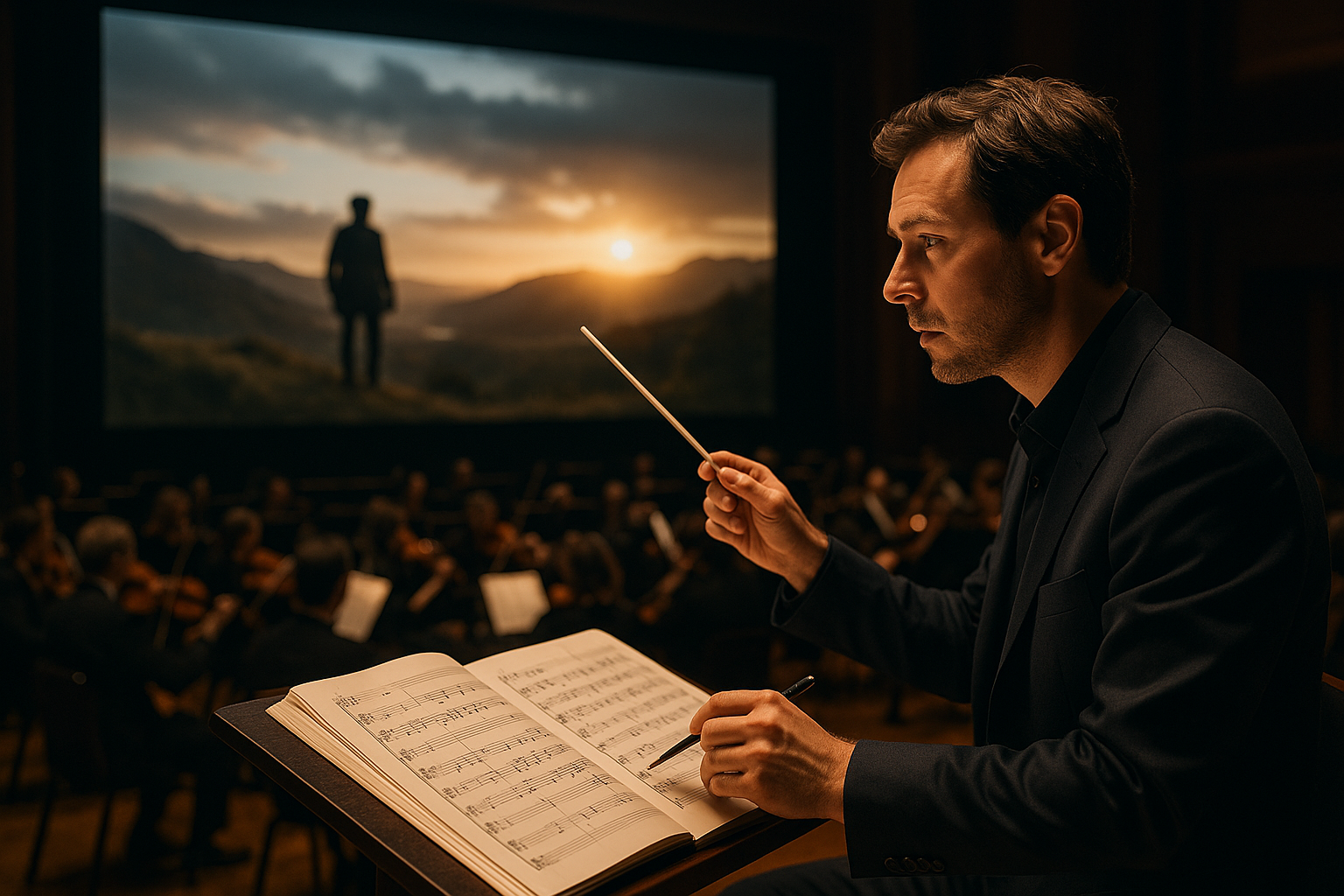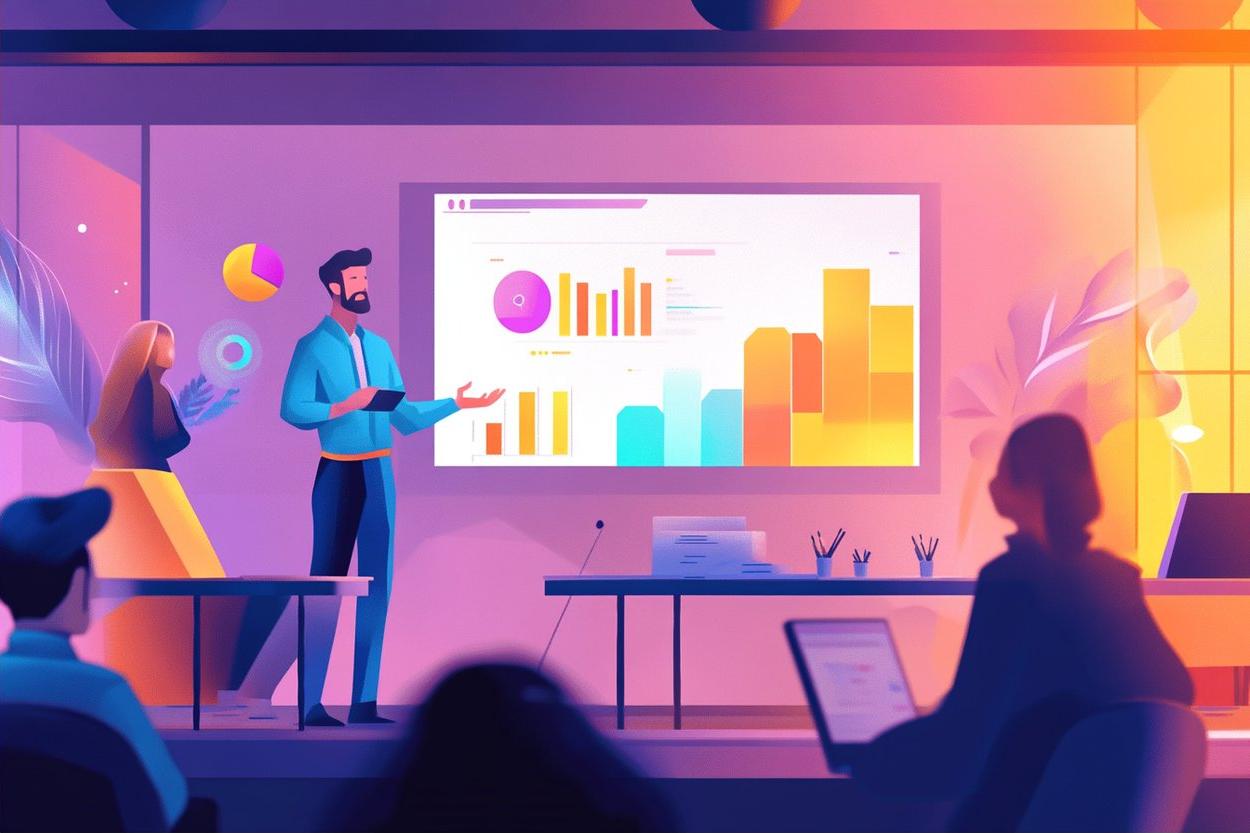The Impact of Streaming Platforms on Independent Filmmakers
Streaming platforms have reshaped how independent filmmakers reach audiences, fund projects, and present work beyond traditional cinema circuits. This article examines effects on storytelling, distribution, cultural visibility, and creative collaboration across film, performance, and visual arts. It highlights practical considerations for creators working with multimedia and local services.

Streaming platforms have altered the landscape for independent filmmakers by changing audience habits, distribution pathways, and expectations for pacing and form. Rather than relying solely on theatrical releases or festival circuits, many creators now consider direct digital release strategies, partnerships with niche services, and hybrid exhibition models. These shifts influence how stories are structured, how projects are financed, and how films sit alongside other cultural offerings such as music, theater, galleries, and exhibitions.
How does streaming reshape cinema and storytelling?
Streaming has encouraged narrative experimentation as filmmakers adapt to viewer behavior and platform formats. Shorter attention spans and binge-watching tendencies can push indie creators toward tighter story arcs, episodic structures, or modular storytelling that works across devices. At the same time, the reduced gatekeeping of some platforms allows more diverse voices and unconventional forms to find an audience, which can expand the visible range of cinema and visual practices. Filmmakers often balance formal risk with the need to capture attention quickly through strong hooks and clear thematic focus.
What does streaming mean for distribution and festivals?
Digital distribution provides alternatives to theatrical runs and can extend a film’s lifespan through curated playlists, themed rows, and algorithmic recommendations. Festivals remain important for visibility and critique, but streaming can amplify festival attention by enabling wider, sometimes global, access after premiere windows. Curators and programmers for festivals and online exhibitors increasingly coordinate with platforms to schedule timed releases, virtual Q&A sessions, and exhibitions that combine film with other programming like music or dance performances.
How are finances and funding changing for independent filmmakers?
Revenue models on streaming platforms vary: some offer flat licensing fees, others pay per stream or share subscription revenue with rightsholders. These mechanisms affect budgeting, marketing, and long-term revenue expectations. For many independents, income from streaming complements grants, crowdfunding, and in-kind support from local services such as community cinemas or cultural organizations. Filmmakers often negotiate rights windows—territorial or time-limited—to preserve later distribution options for festivals, theatrical showings, or physical media.
Additional financial considerations include production costs tied to higher technical expectations for streaming delivery, such as color grading and closed-captioning. Planning for these elements during pre-production helps ensure a project meets platform technical standards without unexpected expenses.
How do streaming platforms affect critique and curation?
Online platforms change how films are discovered and critiqued. Algorithmic curation can surface titles based on viewing habits, while editorial curation, playlists, and critical reviews on digital publications still guide cultural conversation. Critique now often exists alongside user ratings and social media discourse, influencing a film’s visibility and perceived cultural value. Galleries and exhibition spaces that present moving-image work may collaborate with streaming services to create cross-disciplinary programs, linking film with visual arts and performance in both physical and online contexts.
How do streaming services intersect with performance and multimedia?
Streaming enables collaborations across theater, music, dance, and film, producing multimedia works that combine live performance recordings, scripted cinema, and documentary forms. Platforms can host recorded performances, dance films, and concert cinema, offering new outlets for performers and choreographers. This intersection encourages experimentation with sound design, editing rhythm, and visual storytelling techniques that translate stage-based practices for screen audiences while preserving elements of live performance.
How does streaming influence cultural visibility and local services?
Streaming can broaden cultural reach, allowing films rooted in specific communities to be seen by wider audiences while still connecting to local services like community cinemas, arts councils, and educational institutions. Visibility on a platform does not guarantee cultural impact; sustained engagement often requires partnerships with critics, curators, festivals, and galleries to place work in broader cultural conversations. Local programming and outreach remain valuable for building dedicated audiences and for strengthening ties between filmmakers and institutions that support exhibitions, workshops, and artist development.
In conclusion, streaming platforms have introduced new distribution choices, creative possibilities, and financial realities for independent filmmakers. While digital access can expand visibility and enable multimedia collaboration across music, theater, dance, and visual arts, filmmakers must navigate changing curation practices, platform technical standards, and revenue models. Thoughtful planning around storytelling, rights, and partnerships with festivals and local services helps independent work find sustainable paths in a diversified cultural ecosystem.





